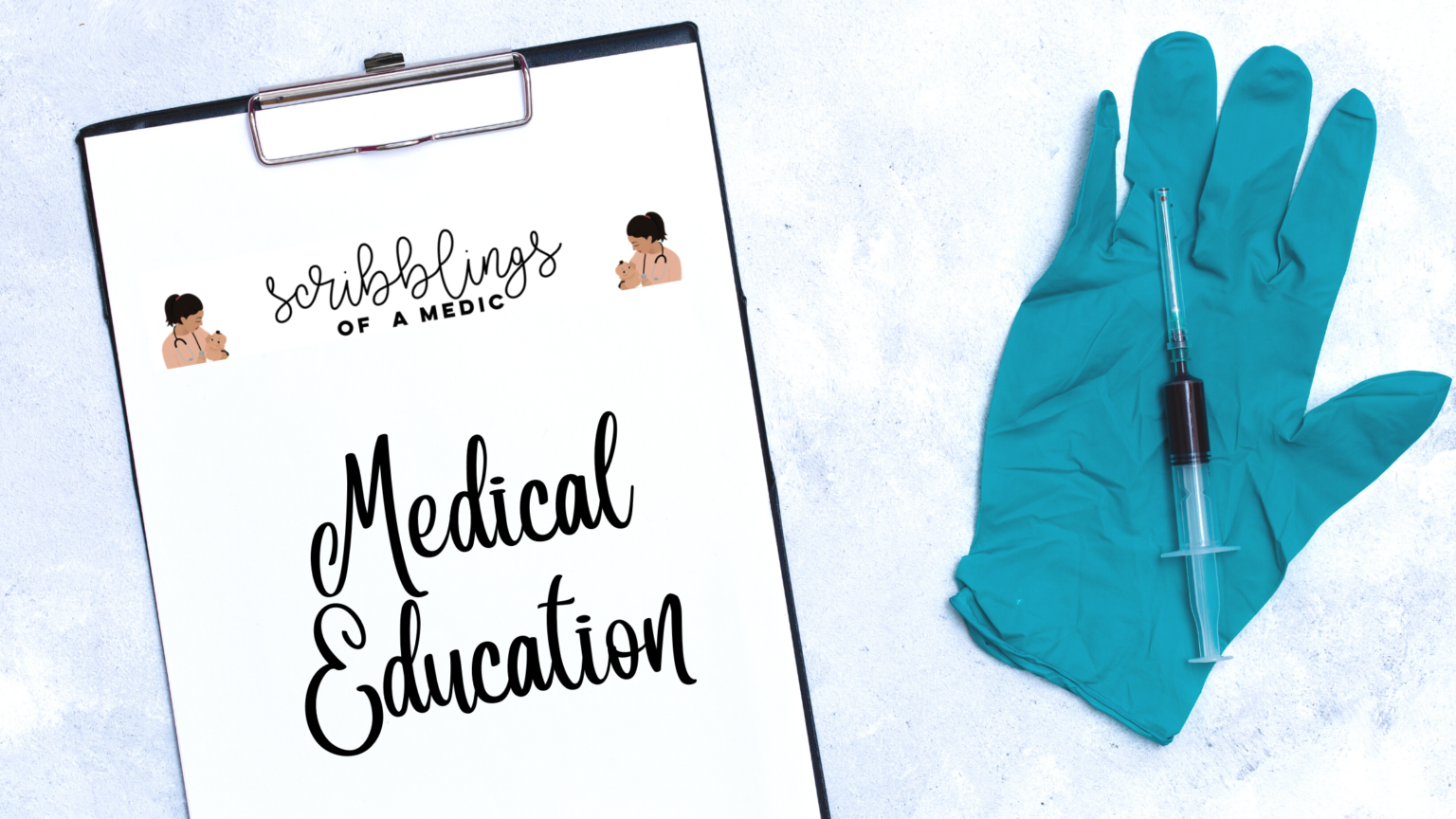This is one of the commonest emergencies in paediatrics. A fitting child. Post-ictal. Or during the ictal phase. They come in all stages of a fit.
Whilst attending to the patient, one of the most useful things would be to ensure that the parent remains calm. This is a very hard task, but it will not help to have a screaming hysterical parent rolling along the ground whilst you try to control the patient’s seizure.
So what happened?
A 3 year old boy was brought into the ward in a state of convulsion. According to the quick history taken, the generalised seizure which was unprovoked had started 5 minutes prior involving all 4 limbs. There was drooling and upward rolling of eyes, but no faecal/urine incontinence associated. The child had no past medical history or any allergies. As this was an emergency, attend to the patient first – take the thorough history later.
What did you do?
As with all emergencies, you must think of the airway, breathing and circulation.
- The child should be placed in the left lateral position (recovery) and maintain an open airway.
- Place an oxygen mask and attach a saturation probe to the child.
- Quickly check the capillary blood glucose to rule out hypoglycaemia as a cause.
- As the child has been seizing for more than 5 minutes, rectal diazepam or buccal midazolam (0.4-0.5 mg/kg) (not available in Sri Lanka) must be used. Rectal diazepam dose (0.5mg/kg) – 5mg if <2 year, 5-10 mg if between 2 and 11 years, 10-20 mg if more than 12 years.
- At this point I informed my senior because there is a risk of respiratory arrest with benzodiazepine administration.
- Wait for 10 minutes for the seizure to resolve, if not a 2nd PR dose of diazepam can be given.
- If IV access is available, instead of diazepam give IV lorazepam (0.05-0.1 mg/kg).
- If seizures do not persist then IV phenytoin or IV phenobarbitone has to be administrated (after senior opinion obviously!)
The seizure has been settled, what now?
On further history taking – the child had a high grade fever for one day associated with a one day history of a cough and cold. There were no symptoms of infection such as meningitis and the child had no significant past medical history. The child’s father had a febrile seizure as a child.
On examination, the child had post-ictal drowsiness with fever >38.8ºC. All vital signs for normal except for a mild tachycardia. Respiratory, abdomen and ENT examination was normal. There were no signs of meningism (rash, neck stiffness, Kernig’s and Brudzinski’s).
Once the seizure settled, I took all the immediate investigations required to rule out other causes of seizures such as:
- Hypoglycaemia – CBS
- Infection – FBC, CRP, B. Culture, UFR, U. Culture and lumbar puncture (ensure no contraindications)
- Electrolyte imbalance – Sodium/Potassium, Calcium
The child was only given simple antipyretics to control the fever (paracetamol SOS). If investigation reports show any abnormalities, then the cause is not a febrile seizure and further specific management is required.
IMPORTANT – A commonly missed cause of pyrexia in children is tonsillitis and an urine infection so always remember to check the child’s ENT and send a UFR/U. Culture.
In our case the child only had a simple febrile seizure and the fever settled after 24 hours. The child was also managed with normal saline nasal drops and salbutamol for treatment of the cough and cold. Anti-histamines such as piriton and loratidine are not given as they can be sedative which should not be given to children who have suffered a convulsion.
Advice to parents
This is a vital part of the management of patients with febrile convulsions – especially as there is a chance of recurrence!
- Turn the child immediately to their side with their head tilted back slightly to make sure the child doesn’t aspirate any vomit
- Move away any objects on the floor that can be of danger
- Do not insert anything into the mouth of the child
- After the seizure stops, remove any excess clothes.
- Do not place the child under running water or directly under a cooling fan. Tepid sponging is also no longer recommended.
- If the child has difficulty breathing or the seizure lasts for more than 5 minutes, bring the child to a hospital immediately.
- As with the guidelines from the Ministry of Health Sri Lanka on the contraindication and precautionary conditions for vaccinations, the Japanese Encephalitis vaccine must be avoided in those with a past history of convulsions.
What are febrile convulsions?
- Febrile convulsions are fits that occur during a fever (>38ºC) without any underlying cause such as hypoglycaemia, electrolyte imbalances and meningitis.
- These convulsions commonly occur in children aged between 6 months and 6 years.
- Febrile seizures are either simple (generalised tonic clonic, lasting less than 15 minutes and with no more than one in 24 hours) or complex (can either be focal, lasts more than 15 minutes and may have more than one within 24 hours).
- Status epilepticus are seizures lasting more than 30 minutes.
- Most seizures are simple in nature.
- There is a genetic inheritance pattern, but the mechanism is unknown.
- The degree of fever nor the rate of rise determines if a fever will occur.
- Children who have had their 1st seizure need a thorough investigation.
- If a complex seizure or status epileptics – the child may need further investigation such as an EEG.
- Febrile seizures can recur in 30% of patients, especially in those with a family history and if less than <18 months of age of onset.
- There is a 2% risk of the children going onto develop epilepsy.





